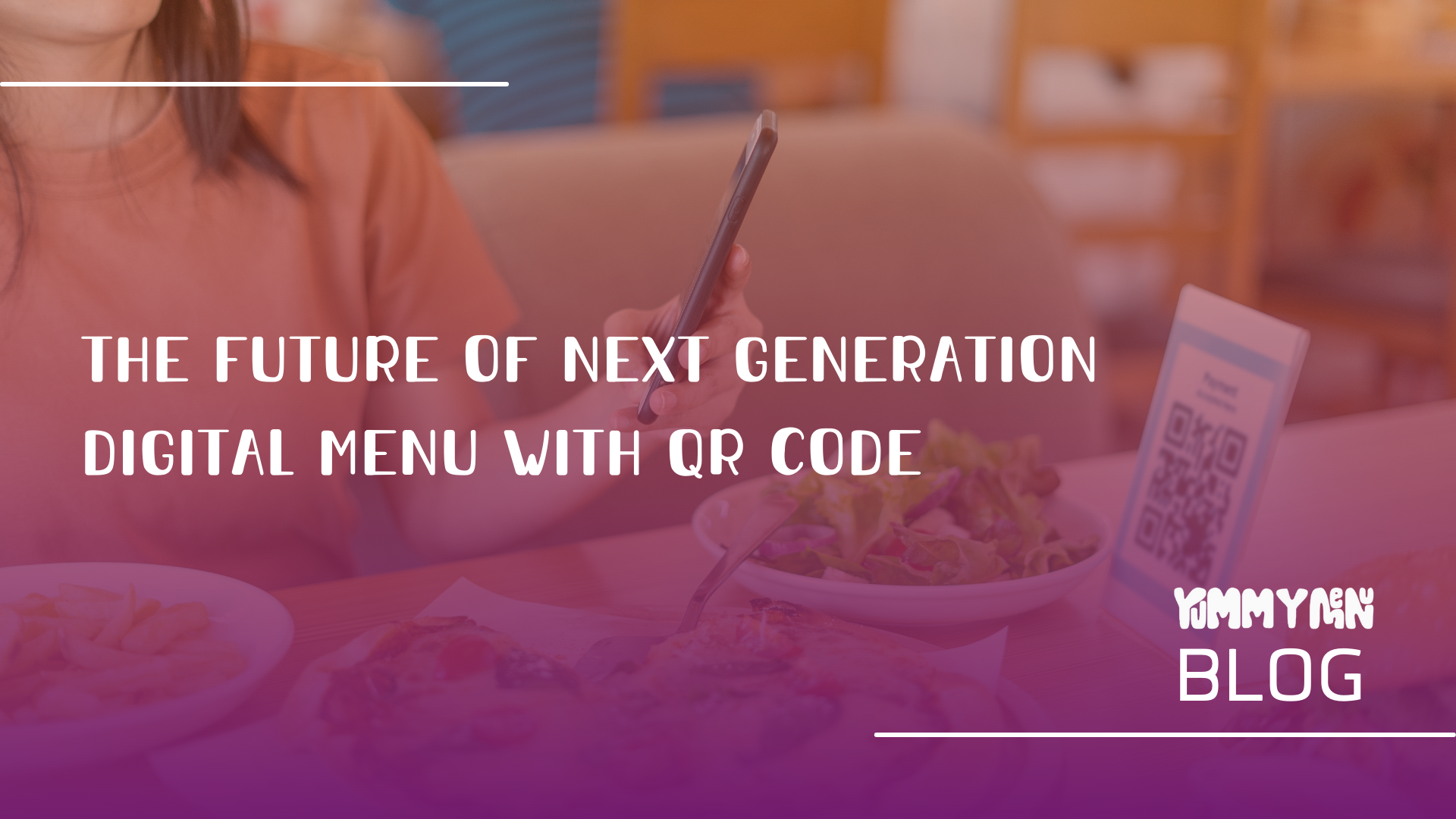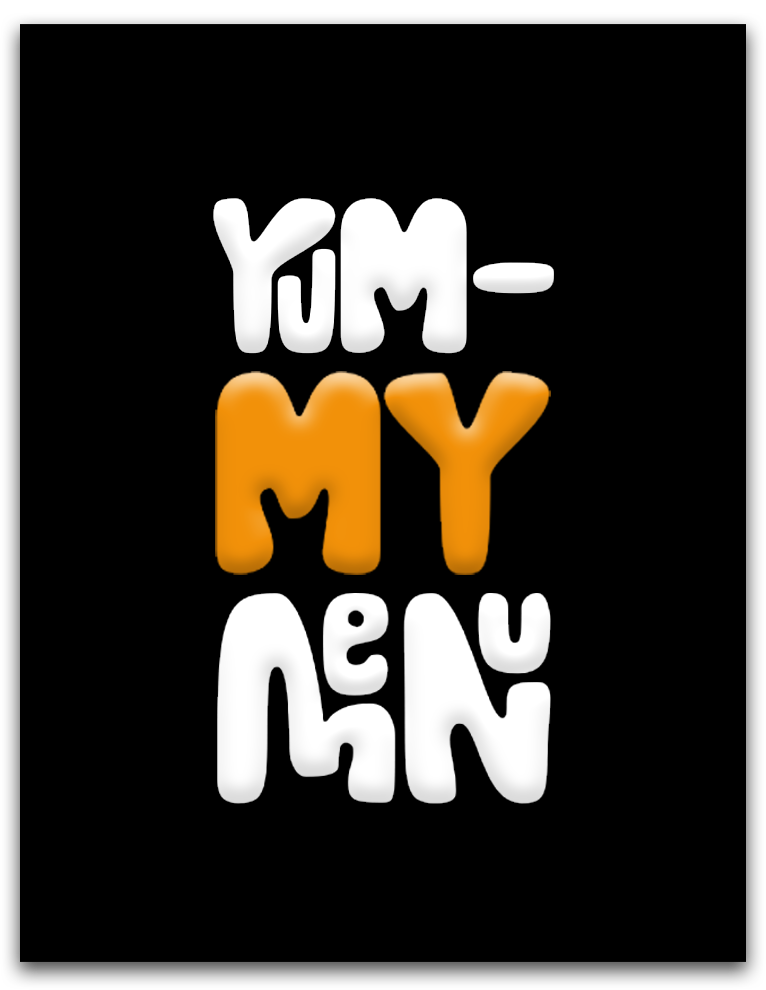
The Future of Next Generation Digital Menu with QR Code
In recent years, the hospitality industry has witnessed a significant shift towards digitalization, and the use of QR codes has become increasingly prevalent. QR codes are two-dimensional barcodes that can be scanned using a smartphone camera, providing a quick and convenient way to access information or perform specific actions. One area where QR codes have found widespread adoption is in the realm of digital menus, revolutionizing the way customers interact with food and beverage offerings in restaurants, cafes, and other dining establishments. Let's explore the future of the next generation of digital menus with QR codes.
-
Contactless Ordering: The COVID-19 pandemic has accelerated the adoption of contactless technologies, and digital menus with QR codes fit perfectly into this new normal. Customers can simply scan a QR code placed on the table or displayed on a screen, instantly accessing the menu on their smartphones. This eliminates the need for physical menus, reducing the risk of contamination and enhancing the overall safety and hygiene of the dining experience.
-
Personalized Experiences: Next-generation digital menus with QR codes can offer personalized recommendations based on customer preferences and dining history. By leveraging data analytics and machine learning algorithms, these menus can analyze customer behavior and make intelligent suggestions, such as recommending dishes based on previous orders or offering customized menu options for dietary restrictions or allergies. This personalization enhances customer satisfaction and encourages repeat visits.
-
Enhanced Menu Information: Traditional printed menus often have limited space to provide detailed descriptions of dishes, leading to ambiguity and confusion. With QR codes, digital menus can offer a wealth of additional information. Customers can access high-resolution images of each dish, view nutritional details, read customer reviews, and even watch videos showcasing the preparation process. This comprehensive information empowers customers to make informed choices and enhances their overall dining experience.
-
Real-Time Updates and Specials: Digital menus with QR codes enable restaurant owners to update their offerings in real time. They can easily add new dishes, remove items that are out of stock, and display daily specials or limited-time promotions. This ensures that customers have access to the most up-to-date information and increases the likelihood of trying new items or taking advantage of special deals. Additionally, digital menus provide an opportunity for instant feedback and ratings, allowing customers to share their experiences and contribute to the restaurant's reputation.
-
Integration with Ordering and Payment Systems: Next-generation digital menus with QR codes can seamlessly integrate with ordering and payment systems. Customers can place their orders directly from their smartphones, eliminating the need for waitstaff to take individual orders manually. The orders can be sent directly to the kitchen, streamlining the entire process and reducing wait times. Furthermore, customers can make contactless payments through their smartphones, providing a convenient and efficient payment experience.
-
Multilingual Support: In a globalized world, catering to diverse customer bases with varying language preferences is crucial. Digital menus with QR codes can offer multilingual support, allowing customers to switch between languages with a simple tap. This feature enables restaurants to cater to international tourists or customers who prefer to browse menus in their native language, enhancing inclusivity and improving the overall dining experience.
-
Environmental Sustainability: Digital menus with QR codes contribute to environmental sustainability by reducing paper waste. Traditional printed menus require constant reprinting as menus change or get damaged, leading to significant paper consumption. By transitioning to digital menus, restaurants can minimize their ecological footprint and demonstrate their commitment to sustainability.
The future of next-generation digital menus with QR codes holds immense potential for the hospitality industry. These menus offer contactless ordering, personalized experiences, enhanced menu information, real-time updates and specials, integration with ordering and payment systems, multilingual support, and environmental sustainability. By embracing this technology, restaurants can enhance customer satisfaction, streamline operations, and stay ahead in an increasingly digital world.
